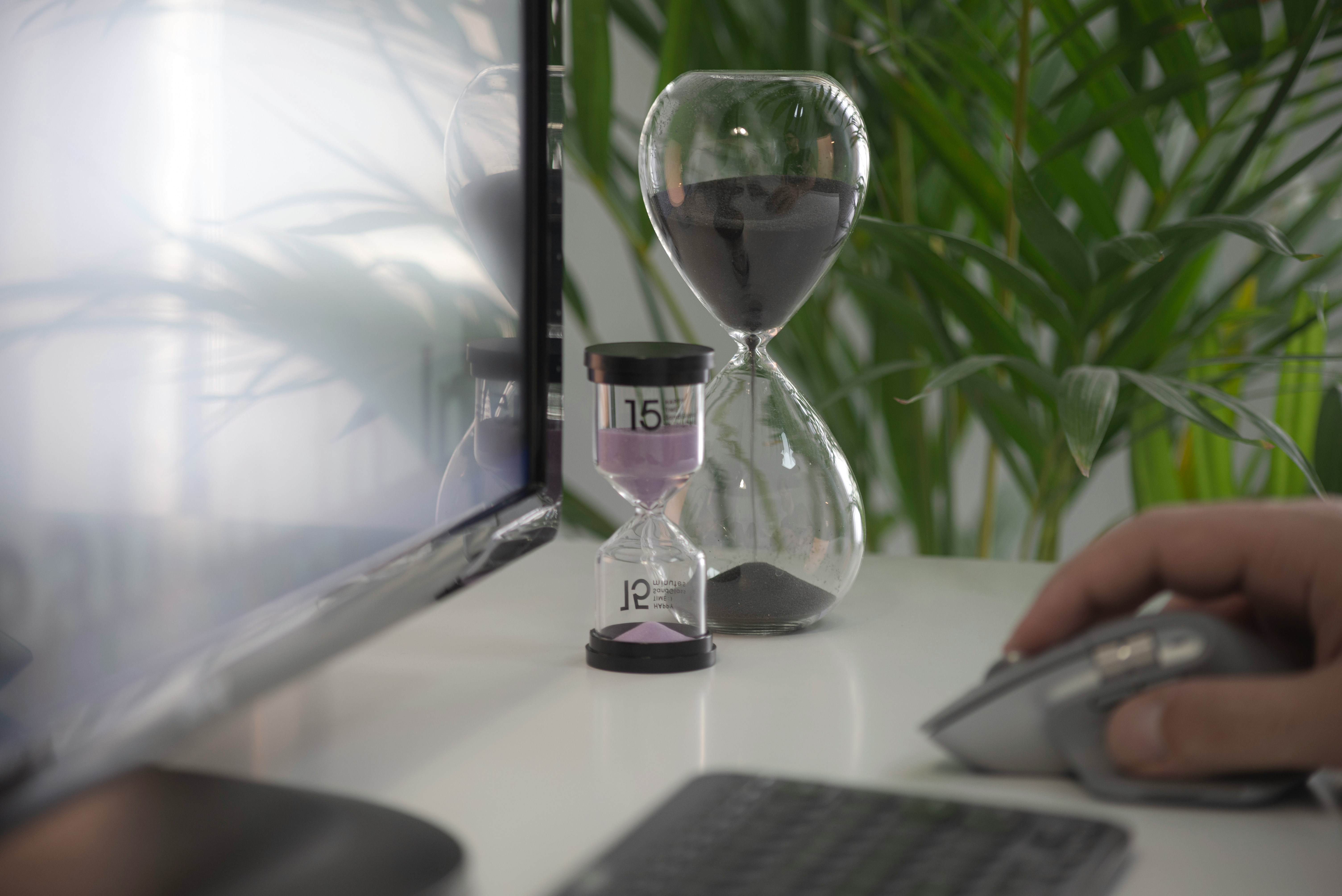We're doing it wrong. All of us.
While we glorify the end result, we consistently overlook the microscopic details that actually create extraordinary performance.
The difference between average and exceptional isn't found in grand strategies or breakthrough moments.
It lies in the systematic deconstruction of complexity into manageable, trainable components.
This is true whether you're preparing for an Olympic sprint or a career-defining exam.
When I first encountered the concept of microtraining through my work with professional athletes and high-stakes test-takers, I noticed a fascinating pattern: The highest performers weren't necessarily the most knowledgeable—they were the most precisely trained.
THE ATHLETIC MIND & CFA EXAM CANDIDATE: REFRAMING INTELLECTUAL PERFORMANCE
Psychologist Anders Ericsson's research on peak performance revealed something crucial: Excellence isn't about duration of practice; it's about the quality and specificity of training segments.
Think about this:
A chess grandmaster doesn't just play endless games
A concert pianist doesn't simply rehearse full pieces
An Olympic athlete doesn't only run complete races
They break down their craft into microscopic components, master each individually, then reassemble them under pressure.
THE NEUROSCIENCE OF MICRO-MASTERY
Dr. David Rock's research in neuroplasticity shows that our brains form stronger neural pathways when we engage in frequent, focused bursts of practice rather than extended sessions.
Consider these biological facts:
Neural connections strengthen through repeated, specific activation
The brain requires recovery periods to consolidate learning
Stress hormones peak after about 90-120 minutes of focused work
This explains why marathon study sessions often yield diminishing returns.
THE THREE PILLARS OF PRECISION PRACTICE
Microtraining
Break complex tasks into 90-second components
Practice in high-frequency, low-duration bursts
Focus on single skill elements before integration
Progressive Overload
Begin with foundational patterns
Systematically increase complexity
Track and measure improvement metrics
Environmental Specificity
Recreate exact performance conditions
Train under time constraints
Simulate pressure scenarios
CFA LEVEL 1 EXAM DAY: THE 90-SECOND SPRINTS
Do you know that on your exam day you have only 90 seconds per question?
In these 90 seconds you need to:
Read the question (often technical in nature)
Understand and comprehend it
Write variables on your scratchpad
Enter values in a calculator
Mark the answer on the screen (if you get it in the first go)
Press next
Repeat
You need to do this with the precision of a well tuned killing machine.
Any time over 90 seconds takes away time from other questions.
You don't want to be rushing or worse missing questions in the end.
There are no negative marks for wrong questions in the CFA Level 1 exam.
Random guesses have 33% chance of being correct. By having an educated guess you can raise that to 50%.
Right now you are tuned to swipe away 90 second reels in 5 seconds because they 'don't entertain'.
Its a chasm you have to cross and one that will create a new YOU. You need to build that competence, and that grit.
And you need to do it everyday. Social media giants are spending Billions of dollars & employing rocket scientists to train you for 90 second reels everyday.
The least you can do is give 90 seconds to a test everyday if you are serious about CFA Level 1 Exam.
(Well the shortest quiz you can create in MasterCFA app is for 5 questions, so more like 5 minutes but you will need that time to refocus your brain to do something which you do not like.)
THE PSYCHOLOGICAL BARRIERS
Why don't more people train for CFA Level 1 exam this way?
Behavioral economist Dan Ariely's research points to three main obstacles:
Present Bias
We overvalue immediate comfort
Long sessions feel more productive
Quick bursts seem insufficient
Complexity Bias
We assume complex problems need complex solutions
Simple, repeated practices feel too basic
We overlook the power of compound micro-improvements
Status Quo Bias
Traditional methods feel safer
Change creates uncertainty
Comfort zones resist disruption
IMPLEMENTATION FRAMEWORK: THE MICRO-MASTERY SYSTEM
Here's how to apply this methodology to any high-stakes performance scenario:
Decomposition Phase
Break down your target performance into component skills
Identify the smallest trainable units
Create specific drills for each component
Training Design
Schedule multiple 5-10 minute sessions daily
Use precise timing mechanisms
Focus on single components initially
Progressive Integration
Combine components systematically
Increase complexity gradually
Maintain timing discipline
Performance Simulation
Recreate exact test conditions
Practice under time pressure
Monitor improvement metrics
Its kind of what the MasterCFA app does for you automatically.
THE DECISION POINT
You're standing at a crossroads.
Path A leads to traditional, comfortable, but ultimately limited improvement.
Path B requires rewiring your approach to practice, embracing discomfort, and trusting in the power of microscopic excellence.
Which path will you choose?
NEXT STEPS
Select one skill you're currently developing
Break it into 90-second trainable components
Schedule five daily micro-training sessions
Track your speed and accuracy
Progressively increase complexity
Ask yourself: "What could I achieve if I approached every skill with the precision of an Olympic athlete?"
P.S. Remember what psychology professor Robert Cialdini discovered about human potential: We consistently underestimate what we can achieve in focused, systematic bursts while overestimating what we can accomplish in long, unfocused sessions.
The time to revolutionize your training methodology isn't tomorrow—it's in the next 90 seconds.


